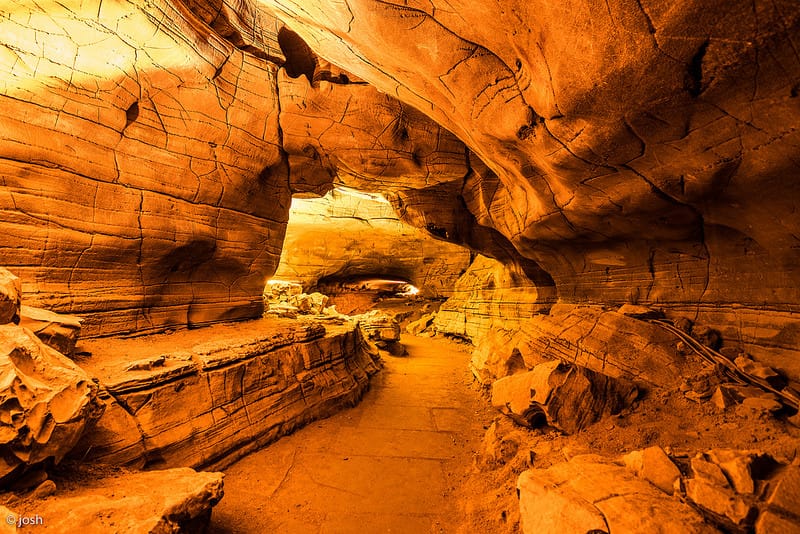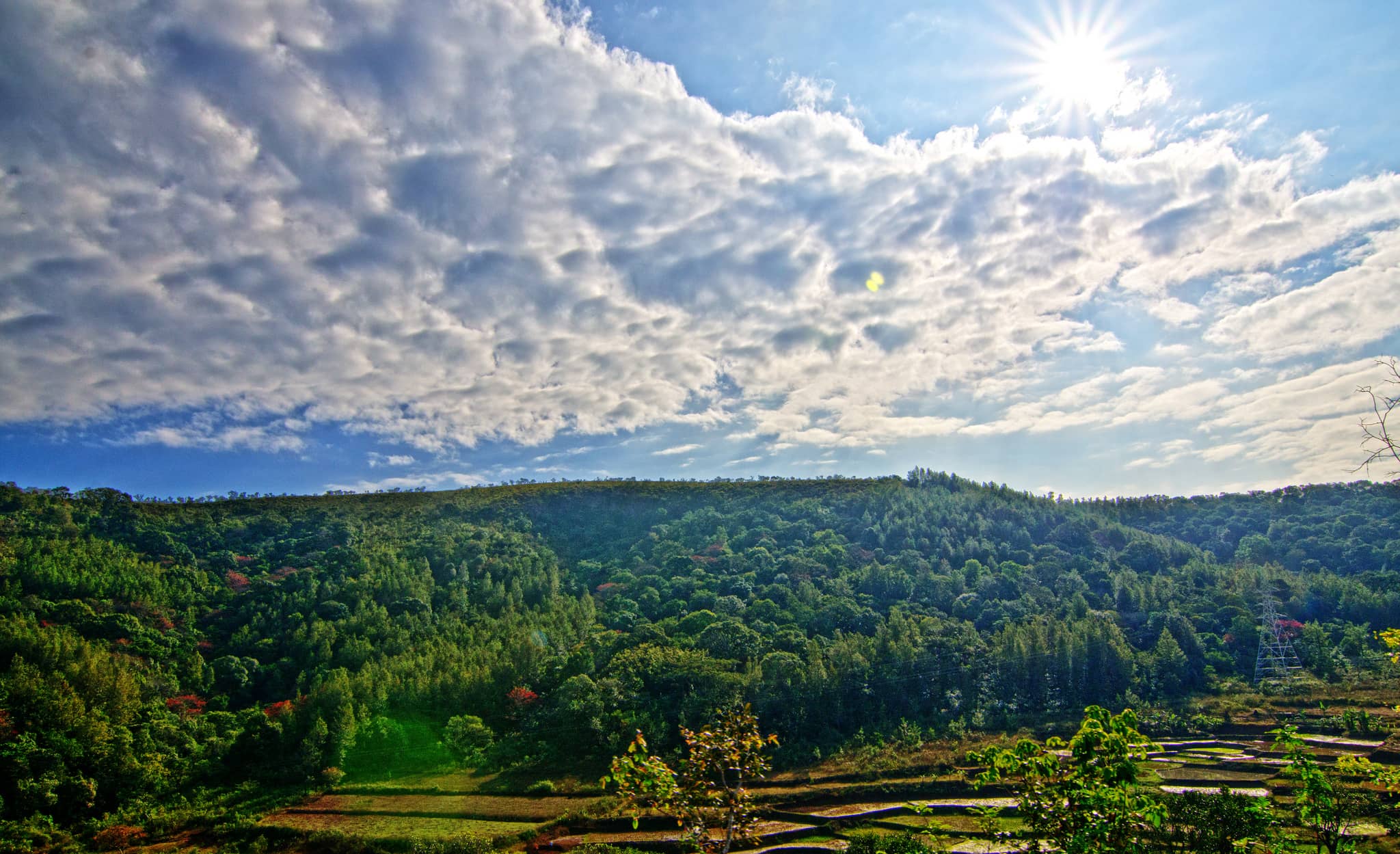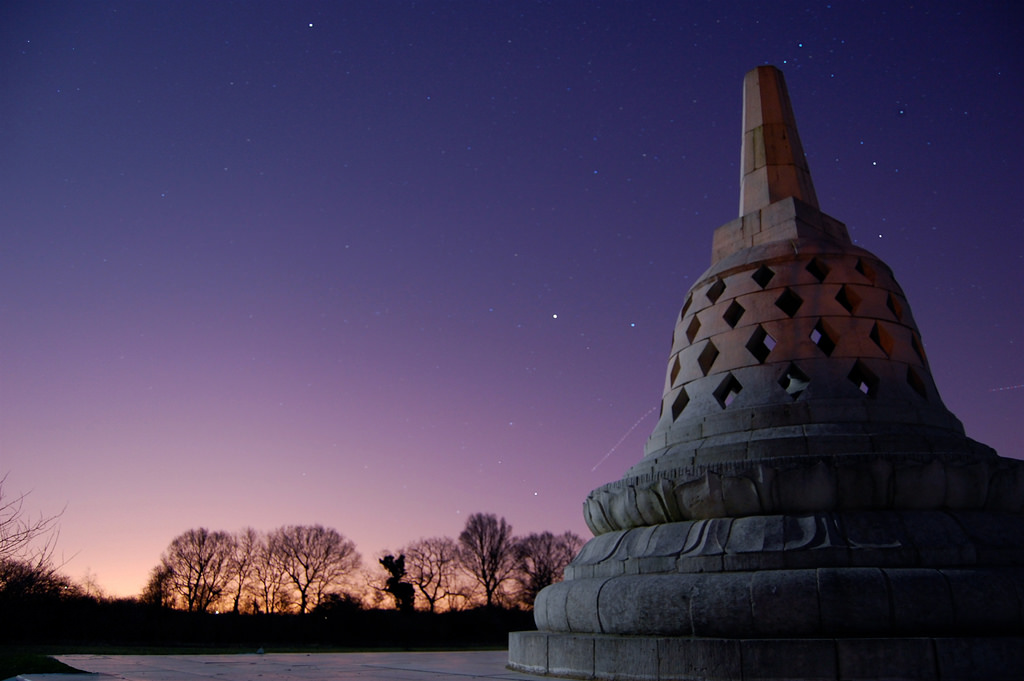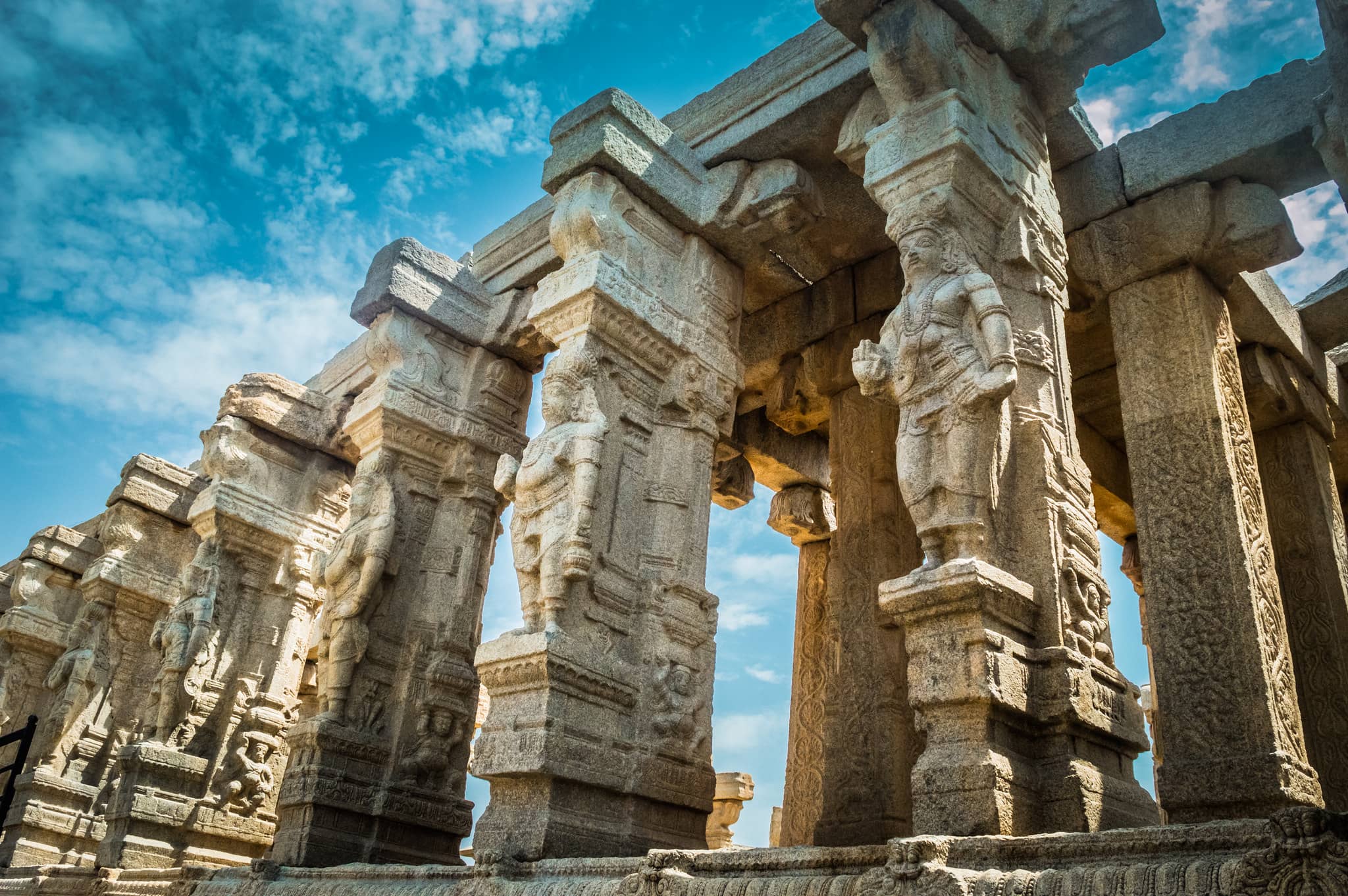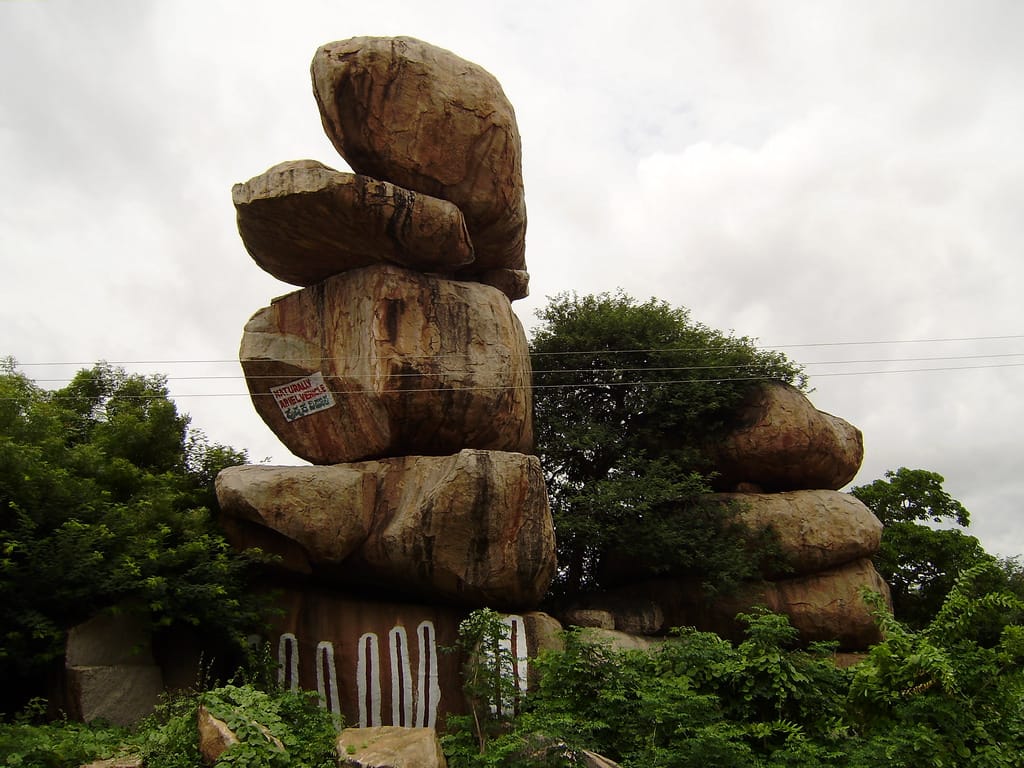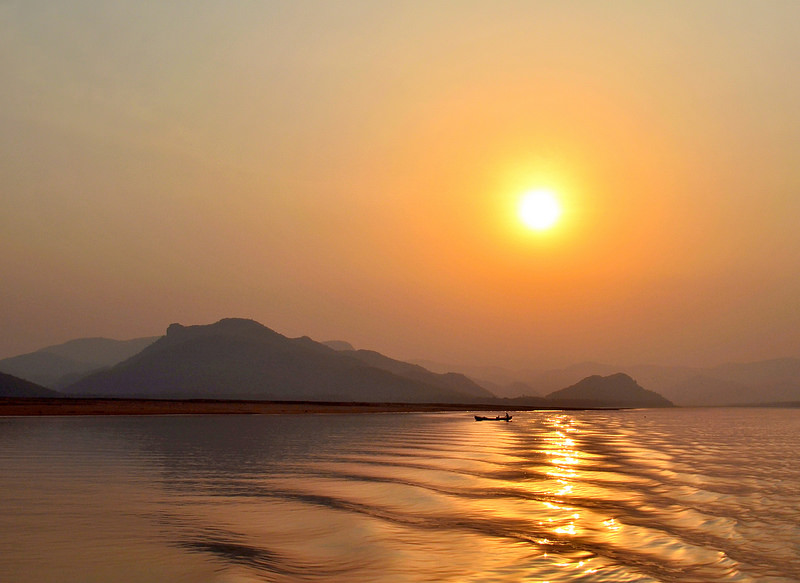Budapest, the capital of Hungary, is divided by the River Danube into two parts—Buda and Pest. The 19th-century Chain Bridge connects the hilly Buda side with the flat Pest side. A funicular takes visitors up to Castle Hill in Buda, where you can explore the Old Town and learn about the city’s history at the Budapest History Museum. In Trinity Square, you’ll find Matthias Church and the Fishermen’s Bastion, which offers amazing views of the city. On the Pest side, the Parliament Building, built in a neo-Gothic style, holds the Holy Crown of St. Stephen. Nearby, St. Stephen’s Basilica shows the saint’s right hand. The Dohány Street Synagogue includes a museum, memorial, and cemetery. Andrássy Avenue, a wide boulevard, leads to Heroes’ Square, where statues honor Hungary’s founding. Along the way, you can visit the Hungarian State Opera House and two art museums. The Széchenyi thermal baths in City Park are one of many famous hot spring spas in the city, continuing Hungary’s long bathing tradition.
places to visit in Budapest
Buda Castle
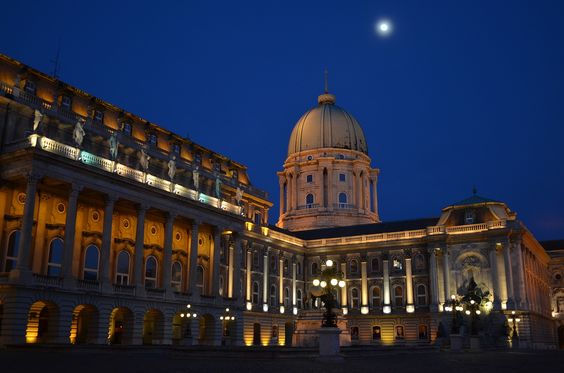
Buda Castle is a historic royal palace located in Budapest, once home to Hungarian kings. It’s a UNESCO World Heritage Site and sits on Castle Hill. The area around it, called Várnegyed, is filled with old-style buildings. You’ll see homes, churches, and monuments in Baroque and Gothic styles. The castle now houses museums and galleries. Visitors come here to enjoy the history and views. It’s one of Budapest’s top tourist spots.
Vajdahunyad Castle
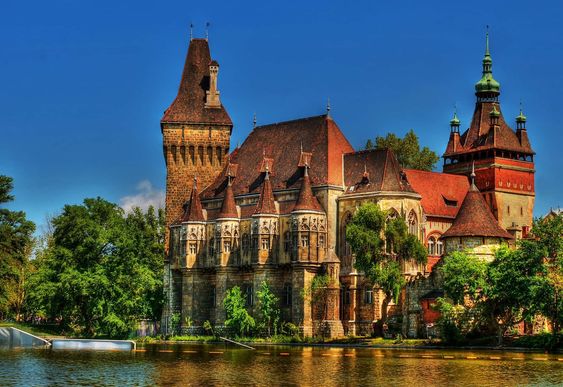
Vajdahunyad Castle is found in City Park, Budapest. It was built in 1896 to celebrate Hungary’s 1000th anniversary. The castle mixes styles like Romanesque, Gothic, and Baroque. Its design copies famous buildings from all over the old Kingdom of Hungary. Architect Ignác Alpár created this unique structure. Today, it’s home to museums and fun outdoor events. Visitors love the scenic setting by the park and lake.
Fisherman’s Bastion
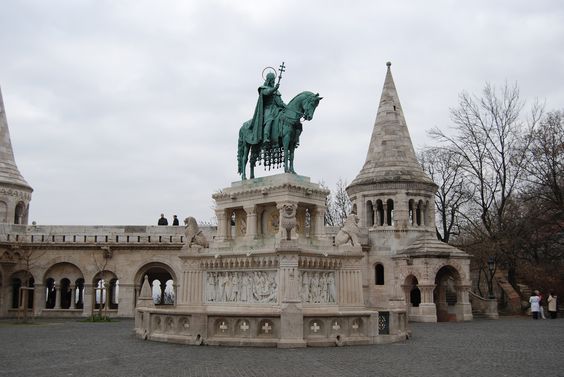
Fisherman’s Bastion is a famous lookout point in Budapest. It has seven stone towers that represent the leaders who founded Hungary in 895. Built in a Neo-Romanesque style, it’s located near Matthias Church. From here, you get beautiful views of the Danube and the city. It’s part of the Buda Castle District, a UNESCO World Heritage Site. It’s a top place for photos and sunsets. Locals and tourists both love to visit.
Széchenyi Thermal Bath
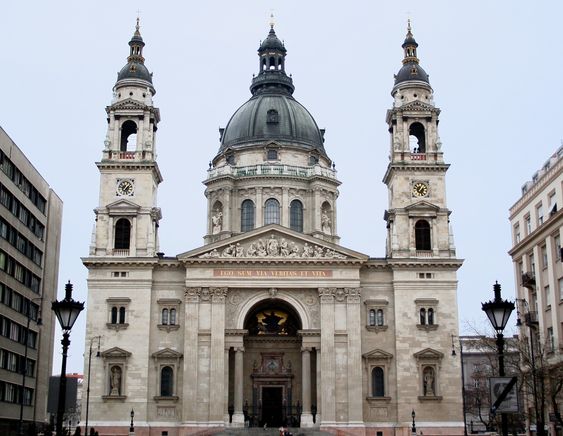
Széchenyi Thermal Bath is one of the largest hot spring baths in Europe. Located in Budapest’s City Park, it uses water from deep thermal springs. The baths have outdoor and indoor pools, saunas, and a spa. You can enjoy massages or just relax in warm mineral water. The water contains calcium, magnesium, and other healthful minerals. It’s open all year round, even in winter. Locals often play chess in the steaming water.
Hungarian Parliament Building
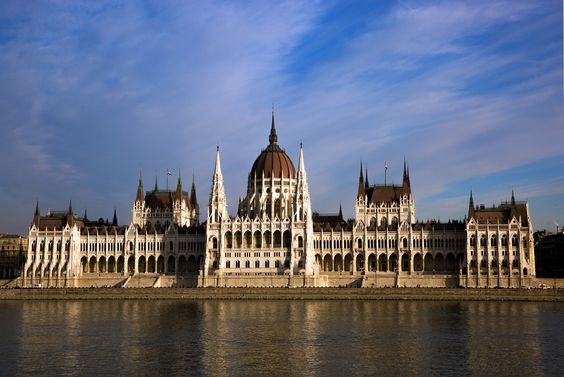
The Hungarian Parliament Building is a major landmark in Budapest. It’s where the National Assembly meets and is a symbol of Hungary. Built in Gothic Revival style, it has a grand dome and detailed facade. It sits beside the Danube River and is lit up beautifully at night. Inside, you can see the Holy Crown of St. Stephen. Guided tours are available in many languages. It’s one of the most photographed sites in the city.
Hősök Tere (Heroes’ Square)
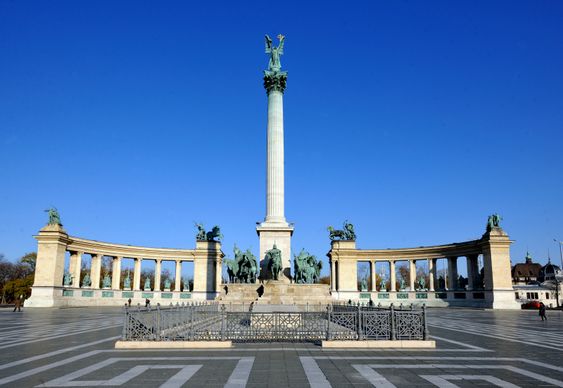
Heroes’ Square is a famous public square in Budapest. It has statues of Hungary’s founding leaders and other key historical figures. The square was built to honor 1,000 years of Hungarian history. At the center is a tall column with Archangel Gabriel on top. The Memorial Stone of Heroes is also here. It’s often used for national events and ceremonies. Museums surround the square, adding to its cultural value.
Matthias Church
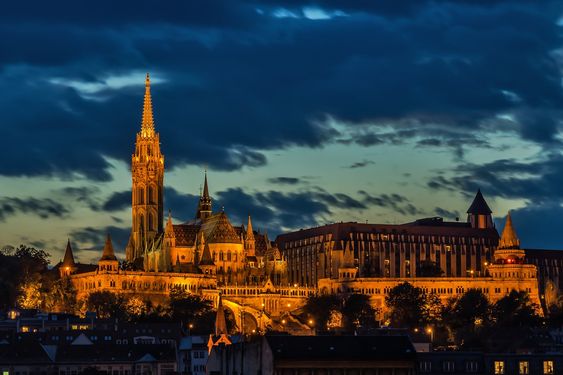
Matthias Church is a beautiful Roman Catholic church in Buda. It stands in Holy Trinity Square near Fisherman’s Bastion. The church has a colorful tiled roof and rich decorations. It dates back to medieval times and was used for royal coronations. Inside, there’s a museum with sacred relics and historic items. The church is named after King Matthias, who ruled in the 15th century. It’s a must-visit spot for history lovers.
St. Stephen’s Basilica
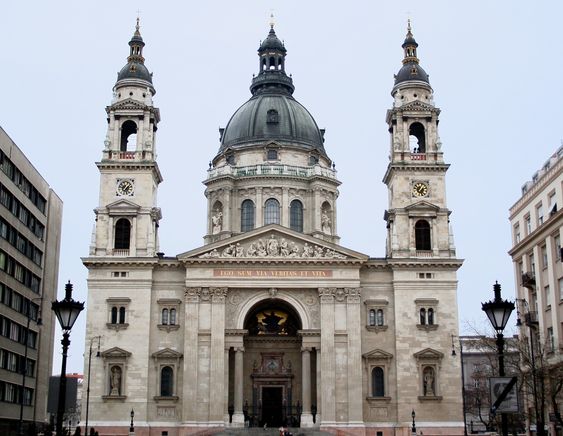
St. Stephen’s Basilica is one of the most important churches in Hungary. It’s named after the first king of Hungary, whose right hand is kept inside. Built in Neo-Classical style, the church has two towers and a large dome. It’s known for beautiful artwork and a peaceful atmosphere. Visitors can go up to the dome for a city view. Concerts are also held here regularly. It’s located in the heart of Budapest.
Gellért Hill

Gellért Hill rises above the Danube in Budapest and offers great views. It’s named after Saint Gellért, who was thrown from the hill in the 11th century. The hill is home to Gellért Baths and Hotel Gellért. You’ll also find a cave church inside the hill. Liberty Statue stands at the top, a symbol of freedom. It’s a popular spot for hiking and sightseeing. The area is peaceful, with nature trails and scenic views.
Andrássy Avenue

Andrássy Avenue is a grand street in Budapest that dates back to 1872. It connects the city center to City Park. The street is lined with historic mansions, shops, and theaters. It’s also where you’ll find the Hungarian State Opera House. The avenue is part of a UNESCO World Heritage Site. You can shop, eat, and enjoy the elegant architecture. It’s a great place for a scenic walk or bike ride.
Best time to visit Budapest
The best time to visit Budapest is during spring (March to May) and autumn (September to November).
The weather is mild, and the city is less crowded than in summer.
You can enjoy outdoor attractions without the heat or long queues.
These seasons also offer colorful scenery and local festivals.
It’s a great time for sightseeing, walking tours, and photography.


